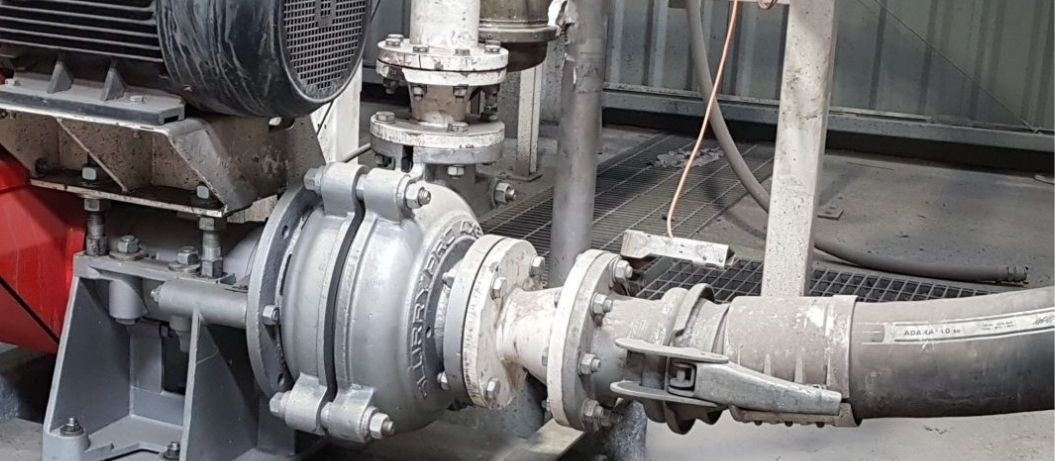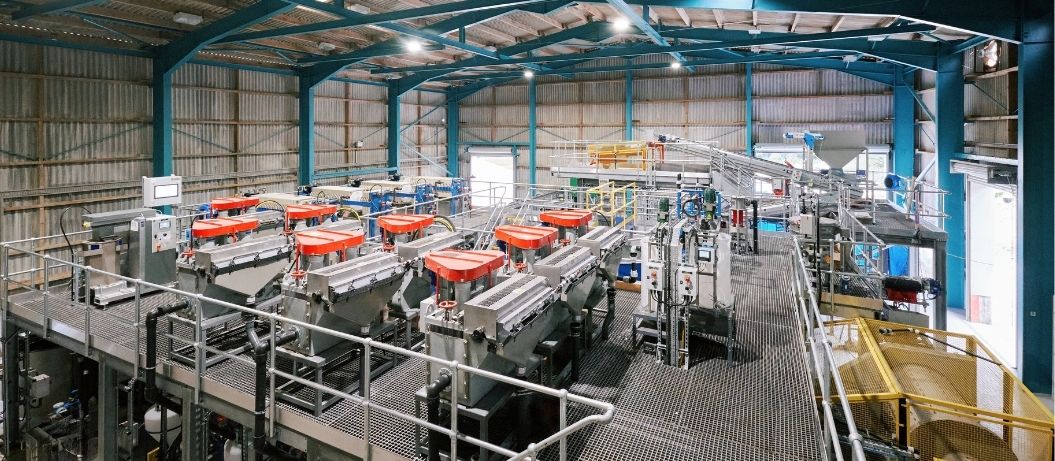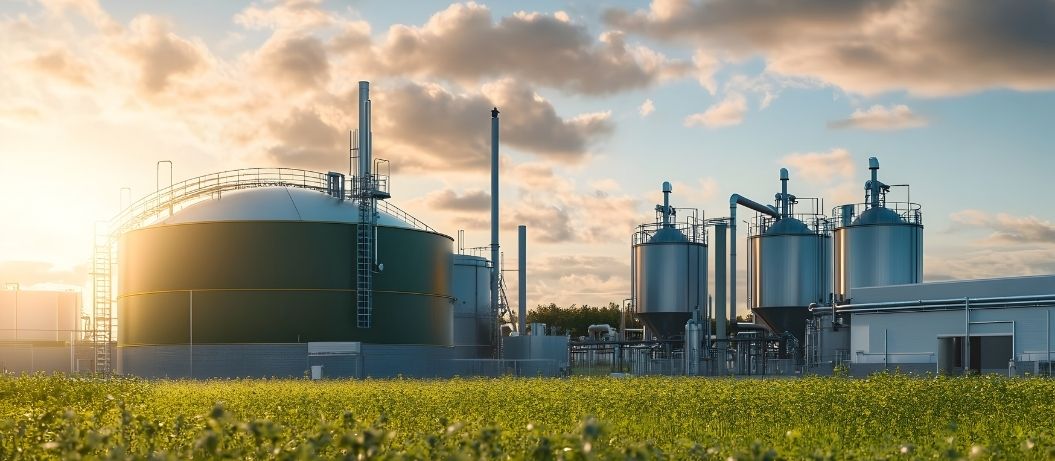We’ve written previously about the advantages of centrifugal pumps, so now it’s time to look at the advantages of positive displacement pumps!
Positive Displacement (PD) pumps have been around in one form or another for literally thousands of years, so it’s no wonder that we now see many different types, each using a different physical method to create the displacing action.
When it comes to industrial fluid management, few technologies offer the reliability and versatility of positive displacement (PD) pumps. These pumps excel where many others struggle—delivering steady, accurate flow rates even under changing pressures and with demanding fluids. If you need equipment that combines precision, robustness, and adaptability, understanding the real-world advantages of positive displacement pumps is essential. Read on to find out more.
What are positive displacement pumps, and how do they work?
Positive displacement pumps work by capturing a set amount of fluid and moving it through the system using mechanical force. This approach allows them to maintain a steady flow rate, even when facing changes in system pressure, a key difference from centrifugal pumps. This reliability makes them especially valuable when processes demand steady, controlled delivery, whether you’re dosing chemicals or transferring thick mixtures from one process to another.
PD pumps come in several designs or categories, each tailored for specific applications:
- Peristaltic pumps: use a low-friction roller action along flexible tubing, keeping the fluid completely contained and perfectly suited for abrasive or hazardous liquids. The large diameter rotational aspect enables them to pump high volumes at low speed and good energy efficiency.
- Gear pumps: employ interlocking gears to smoothly transfer liquids, ideal for straightforward and efficient fluid movement of non-abrasive fluids.
- Double diaphragm pumps: They have two flexible diaphragms that alternate back and forth, sucking in and discharging a set amount of fluid with each reciprocating cycle. They are well-suited for powering with compressed air (Air-operated double diaphragm pumps), enabling their use where electric motors or combustion engines are not suitable.
- Screw pumps: move viscous fluids along intermeshing screws, providing a consistent, gentle, and pulse-free flow.
- Progressive Cavity Pumps: use a helical-shaped, long metal rotor that rotates eccentrically within a matching elastomer stator. This creates a sequence of self-sealing cavities that progress the fluid from intake to discharge, building pressure along the way. They are good for viscose fluids and shear-sensitive media like sludge, paint, and food pastes. Some types are optimised for handling entrained solids or abrasive slurries.
- Lobe pumps: move delicate or sensitive materials using rotating lobes, making them a favourite in food and beverage or pharmaceutical applications.
- Vane pumps: feature sliding vanes within a chamber, offering flexibility for moderate viscosity fluids and reliable operation as components wear.
- Piston ram pumps: deliver impressive power and pressure, allowing them to handle tough duties where forceful movement and high discharge pressure are required.
With their diverse configurations, positive displacement pumps can be customised to handle a wide range of water treatment challenges, proving their value wherever precision and reliability matter most.
Why choose positive displacement pumps?
Here are the key positive displacement pump advantages:
- Precise flow regulation: PD pumps deliver a fixed volume of fluid per revolution, enabling unparalleled precision in flow control. This characteristic makes them indispensable for processes requiring exact fluid dosing, such as chemical injection.
- Handling highly viscous fluids: Where centrifugal pumps often struggle, PD pumps excel. Their design allows the consistent movement of thick, viscous fluids like oils, syrups, or sludges without performance degradation.
- Self-priming capabilities: Many PD pump types are inherently self-priming, meaning they can draw fluid into the pump from a source below its suction line. This eliminates the need for external priming mechanisms, saving time and operational complexity.
- High-pressure applications: PD pumps maintain constant flow rates even under significant system resistance, making them ideal for high-pressure applications such as equipment cleaning or fluid injection in oil fields. These advantages highlight why PD pumps are often the go-to choice for challenging operational conditions where precision and reliability are paramount.
Positive displacement pumps vs centrifugal pumps
Positive displacement pumps and centrifugal pumps are the two most commonly used pump varieties in the water treatment sector. Neither has any disadvantages, only better suitability for different applications. For instance, while centrifugal pumps offer great cost efficiency and are suitable for fast fluid/high flow transfers, PD pumps have a better track record for accuracy, ability to handle challenging fluids, precision in specialist pumping duties, and consistent performance in high-pressure applications.
The table below summarises the key features of both types of pump:
| Feature | Positive Displacement Pumps | Centrifugal Pumps |
|---|---|---|
| Flow Precision | Constant volume per revolution; precise dosing. | Variable flow rate based on system pressure. |
| Fluid Handling | Handles viscous fluids, with some types able to withstand abrasive or corrosive fluids. | High energy efficiency for lower-viscosity fluids at high flow rates. Models are available for abrasive fluids and high-solids slurry. |
| Pressure | Performs reliably under high pressures. Discharge pressure is largely independent of inlet pressure. | Adds energy to the supply-side pressure through centrifugal force. Less effective in scenarios requiring high-pressure building capacity. |
| Application Suitability | Perfect for accuracy and high viscosity fluids. | Better for high flow rates and simple transfers. |
Next steps
If you’re interested in finding out more about the advantages and disadvantages of positive displacement pumps and how they can address your specific water or wastewater management challenges, please contact one of the experts at Atlantic Pumps today.
We also take a sustainable approach to our work and are committed to reducing energy waste from pumps. Our expert knowledge allows us to reduce energy usage by 20% on the average site!
Call us today on 0808 196 5108 for more information.
 November 12 2025
November 12 2025 6 min read
6 min read



